Hairy Shaker Disease Lambs
Hairy shaker disease lambs. Hair-shaker disease fuzzy lamb syndrome BD Border disease is often seen in the newborn lamb which has a hairy coat and trembles uncontrollably. Hairy shaker disease of lambs. On individual farms it can cause serious losses Sharp and Rawson 1986.
Hairy Shaker Disease of lambs. The hairy fleece on lambs is the most obvious clinical sign but if lambs survive past a few months of age this may disappear. Some lambs have involuntary tremors and most are unlikely to live for long.
Further studies on acquired immunity abortion and effects on foetal growth. Border Diseaseimmunology Border Diseasepathology. One very distinct sign that the Border Disease virus BDV is present is when lambs are born with hairy shaker syndrome.
Border disease Britain or hairy shaker disease Australia and New Zealand is a congenital disorder of lambs characterized by low birth weight and viability poor conformation tremor and an excessively hairy birth coat resulting from in-utero infection with a pestivirus. A variable percentage of which. As not all persistently infected lambs PIs are hairy it is important to check flock members byblood testing.
Manktelow BW Porter WL Lewis KH. Porter WL Lewis KH Manktelow BW. 5 articles PMID.
1969 who showed it to be transmissible by the inoculation of ewes in early pregnancy with material derived from affected lambs. The virus affects the nervous system resulting in a tremor. Abstract Extract Hairy shaker disease of lambs in New Zealand has been described by Manktelow et al.
Hairy Shaker Disease of lambs. Border disease virus BDV bovine viral diarrhea virus BVDV types 1 and 2 and classical swine fever virus CSFV are Pestiviruses in the Flaviviridae family.
Border disease Britain or hairy shaker disease Australia and New Zealand is a congenital disorder of lambs characterized by low birth weight and viability poor conformation tremor and an excessively hairy birth coat resulting from in-utero infection with a pestivirus.
Porter WL Lewis KH Manktelow BW. Hair-shaker disease fuzzy lamb syndrome BD Border disease is often seen in the newborn lamb which has a hairy coat and trembles uncontrollably. It is caused by a virus and causes a wide variety of symptoms depending upon the stage of pregnancy when the ewe becomes affected. N Z Vet J 201-24-7 01 Jan 1972 Cited by. Hairy shaker disease of lambs. It also affects the cells which produce the fleece so that a hairy coarse coat develops instead of the normal wool coat. A variable percentage of which. Hairy shaker disease is caused by a pestiviral infection of the ewe during pregnancy. 5 articles PMID.
The hairy fleece on lambs is the most obvious clinical sign but if lambs survive past a few months of age this may disappear. Vertical transmission plays an important role in the epidemiology of the disease. 16030659 PubMed - indexed for MEDLINE Publication Types. The hairy fleece on lambs is the most obvious clinical sign but if lambs survive past a few months of age this may disappear. Hairy shaker disease is caused by a pestiviral infection of the ewe during pregnancy. 16030597 PubMed - indexed for MEDLINE Publication Types. Border disease is a form of infectious abortion in sheep Nettleton et al 1998.



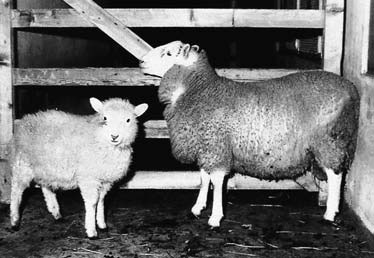
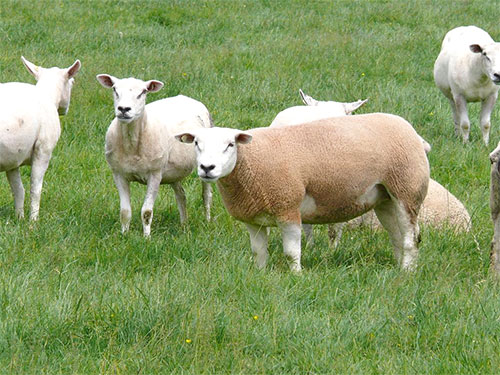


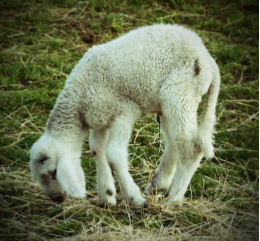







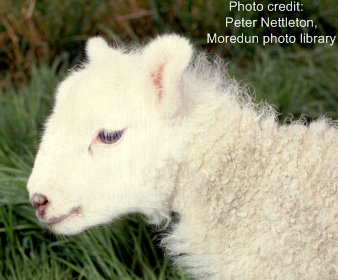
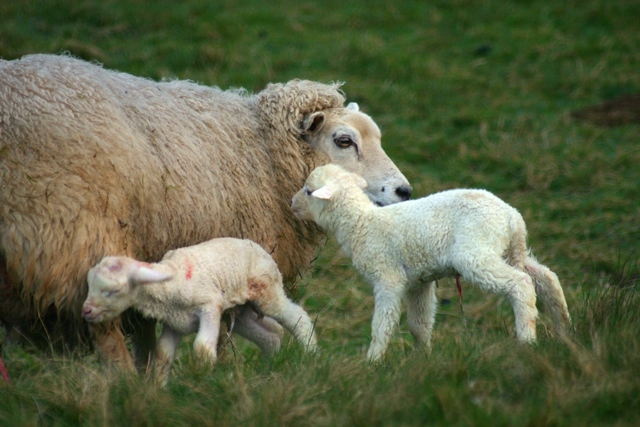

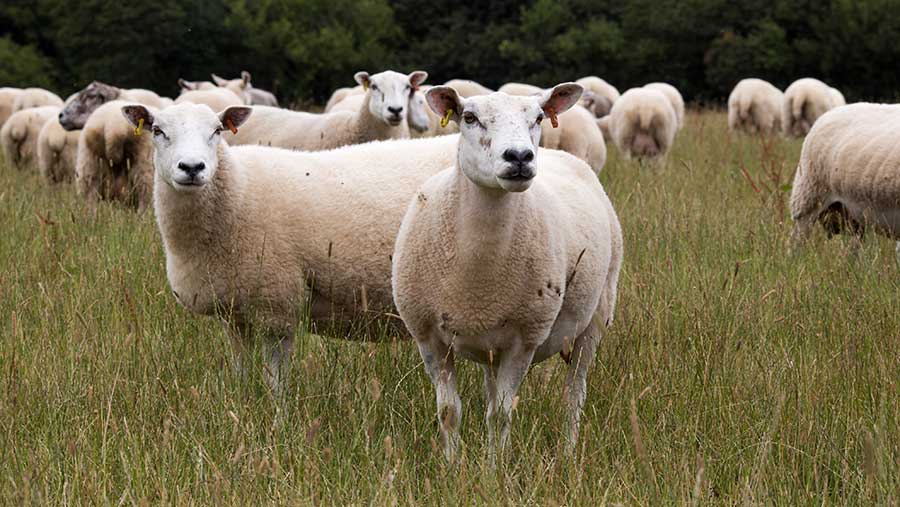
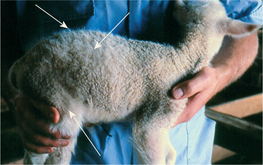

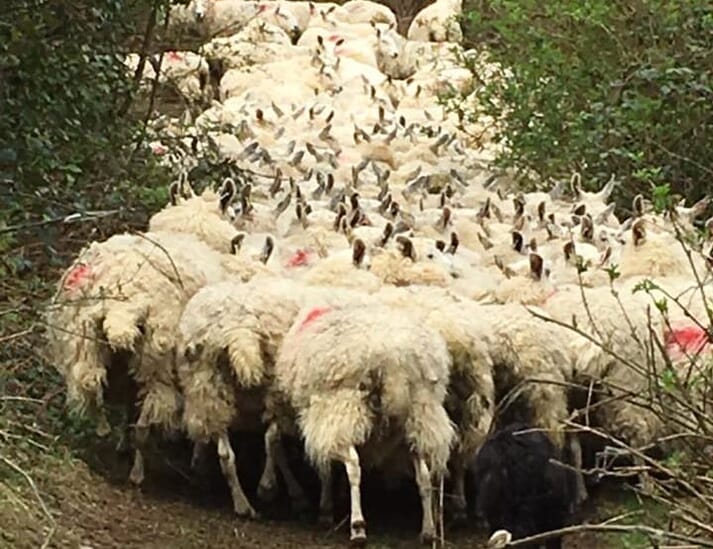
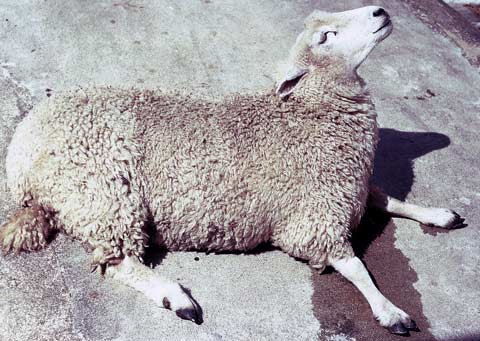
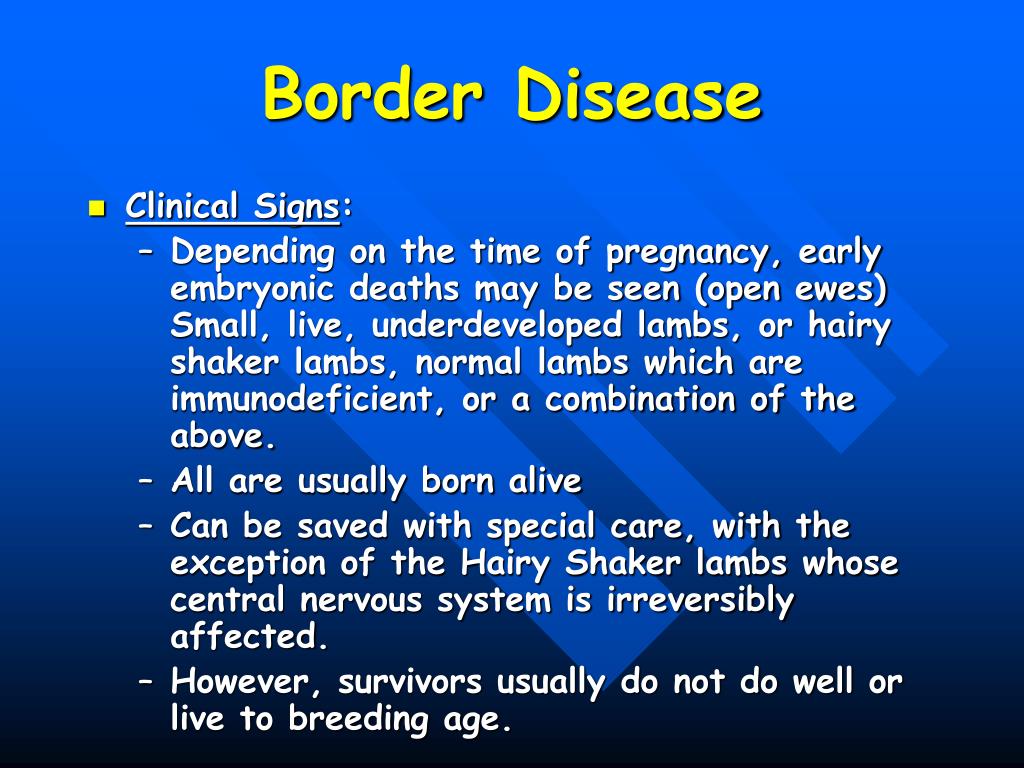
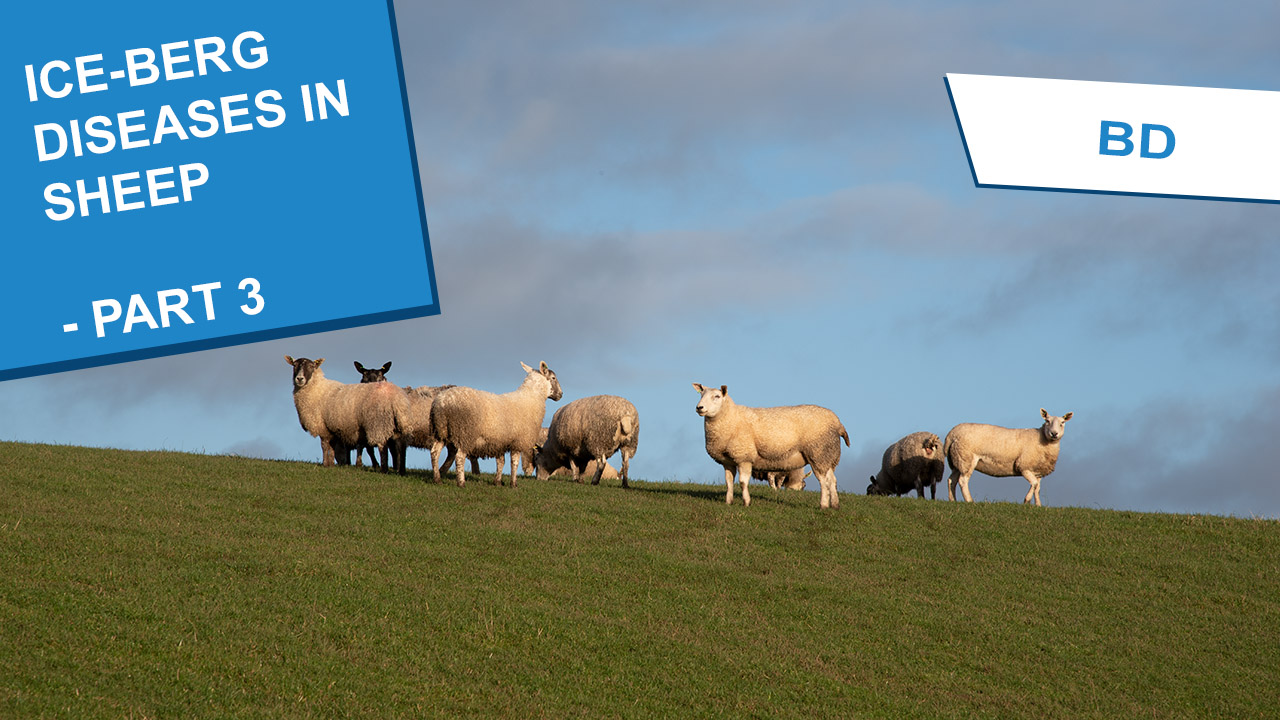


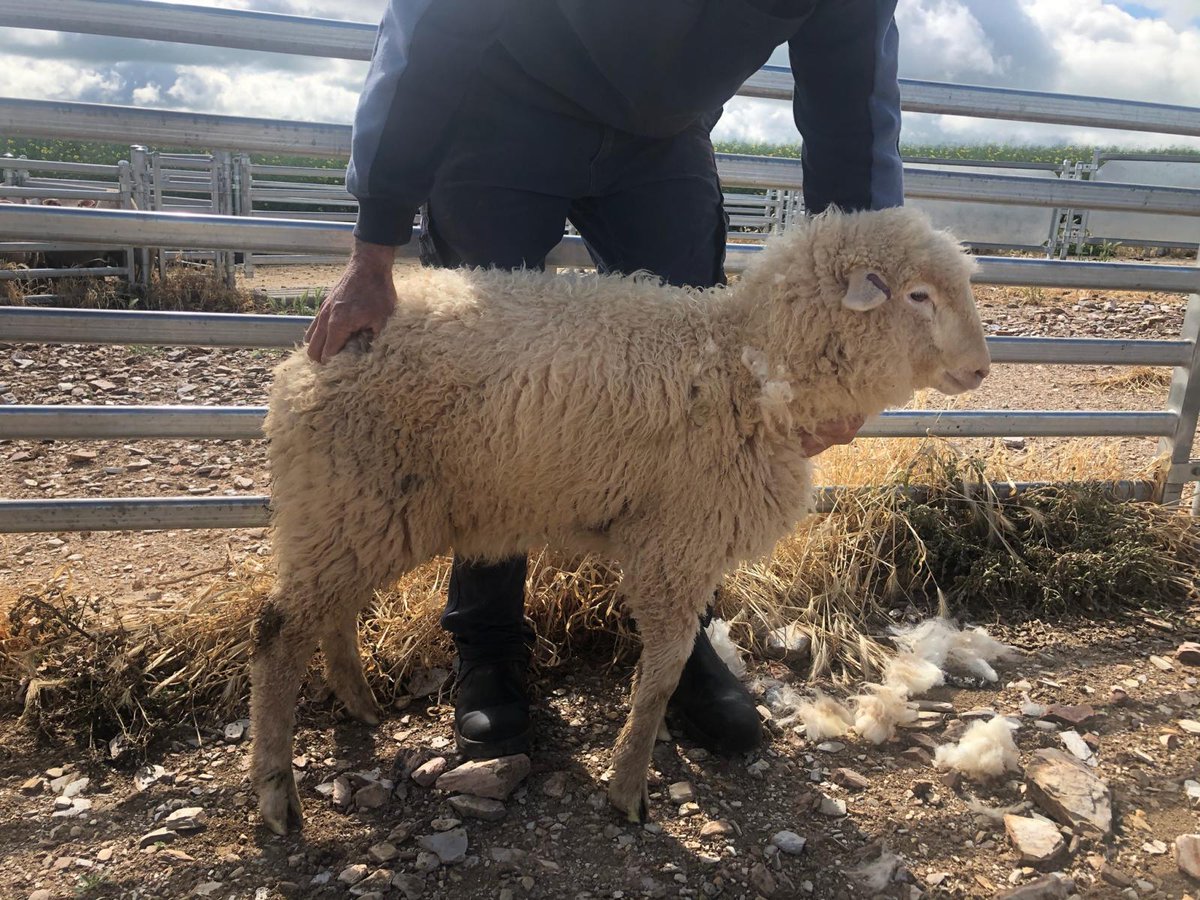


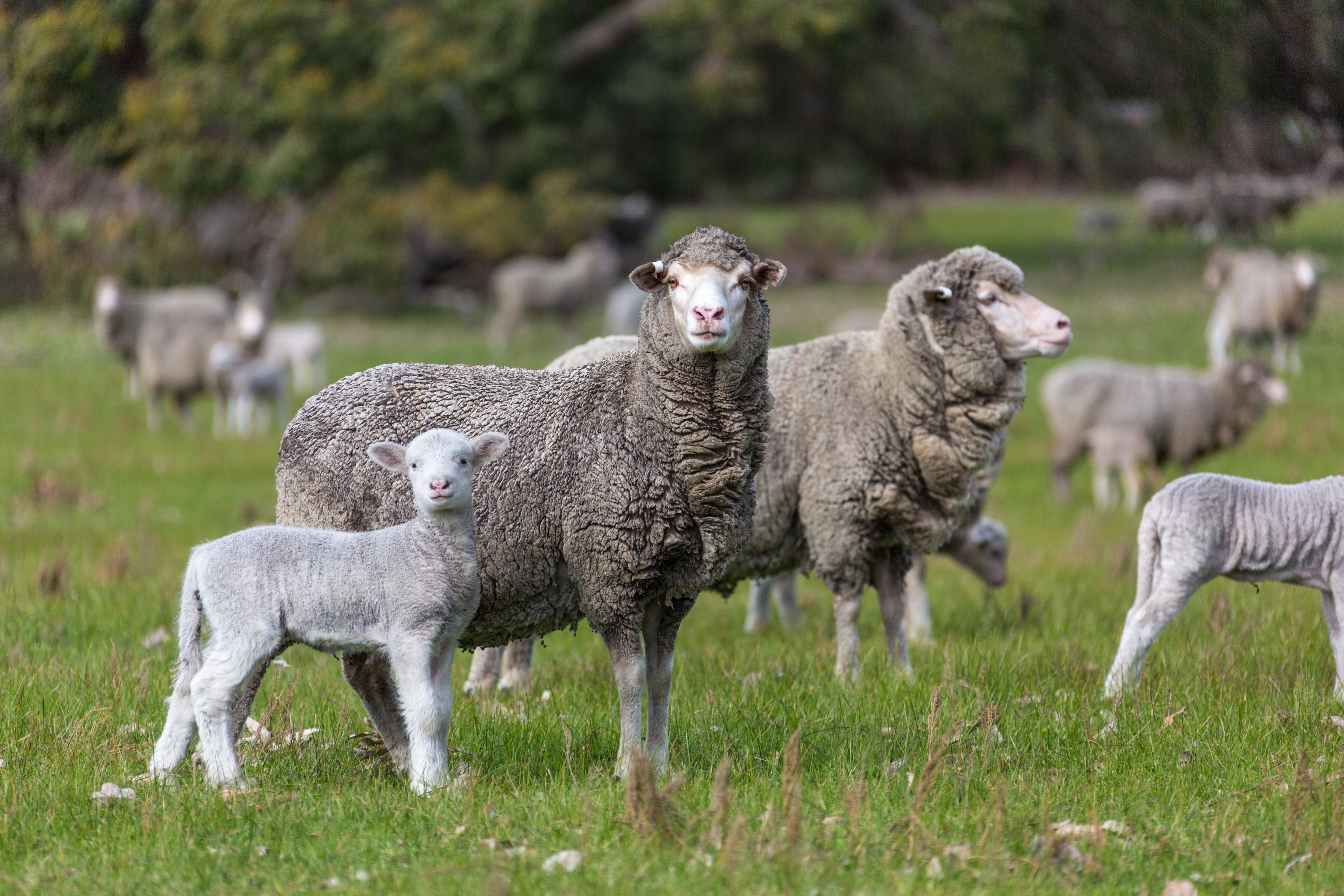



Post a Comment for "Hairy Shaker Disease Lambs"